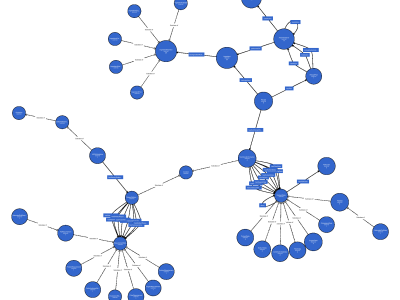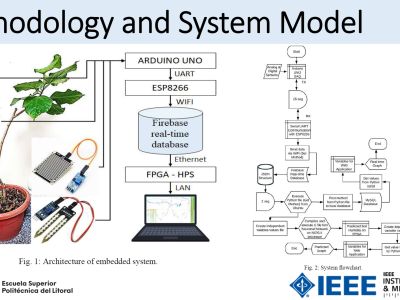UNL Dictionary for Indian Cooking

- Citation Author(s):
- Submitted by:
- Andres Frederic
- Last updated:
- DOI:
- 10.21227/2z12-we44
- Data Format:
 41 views
41 views
- Categories:
- Keywords:
Abstract
The Universal Networking Language (UNL) serves as a conceptual framework aimed at facilitating communication across different languages and cultures. In the context of culinary arts, the UNL dictionary provides a structured approach to represent Indian culinary terms, ingredients, cooking methods, and descriptors in a universally understandable manner.
This UNL Hindi Dictionary is specifically designed for Indian cuisine, capturing the rich diversity of cooking practices, ingredients, and flavors that characterize the culinary traditions of India. By mapping Hindi culinary terms to their corresponding UNL representations, this dictionary enables chefs, culinary enthusiasts, and educators to communicate effectively, share recipes, and preserve the cultural heritage of Indian cooking.
Key Features of the UNL Hindi Dictionary:
Comprehensive Coverage: The dictionary includes a wide array of cooking actions, ingredients, tools, measurements, adjectives, and cooking techniques specific to Indian cuisine.
Multilingual Accessibility: By translating Hindi culinary terms into a universal language representation, this dictionary supports diverse culinary exchanges and helps bridge communication gaps among chefs and food lovers from different linguistic backgrounds.
Structured Organization: The terms are organized into categories such as cooking actions, ingredients, tools, measurements, descriptors, and cooking times/temperatures. This structure aids users in quickly finding the information they need.
Cultural Preservation: The UNL dictionary not only facilitates modern culinary practices but also plays a vital role in preserving traditional cooking methods and indigenous ingredients, ensuring that the culinary heritage of India is passed down through generations.
Practical Application: The dictionary can be utilized by various stakeholders, including chefs, nutritionists, educators, and culinary students, for recipe creation, teaching, and culinary research.
Instructions:
Special Instructions for Use:
Navigating the Dictionary:
- Users can search for a specific term in Hindi to find its corresponding UNL representation.
- Each entry is categorized into cooking actions, ingredients, tools, measurements, and descriptors, making it easy to locate specific terms.
Practical Applications:
- For Chefs: Utilize the dictionary to translate recipes and cooking instructions when engaging with an international audience or collaborating with chefs from different backgrounds.
- For Educators: Incorporate the dictionary into teaching materials to enrich the culinary curriculum and promote cultural awareness among students.
- For Researchers: Use the dictionary as a reference tool in culinary research projects focusing on cross-cultural culinary practices.
Contributing to the Dictionary:
- Users are encouraged to suggest additional terms or modifications based on their culinary experiences and knowledge, allowing for continuous improvement and expansion of the dictionary.
Cultural Context:
- When using the dictionary, consider the cultural significance of terms and ingredients, as many reflect regional practices, historical influences, and the diversity of Indian cuisine.










